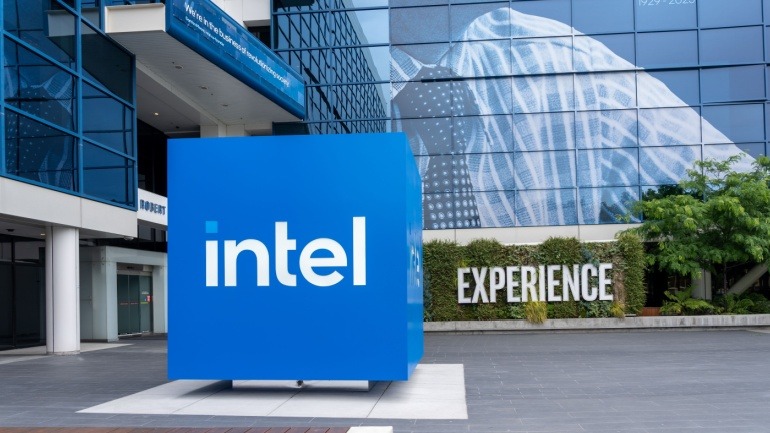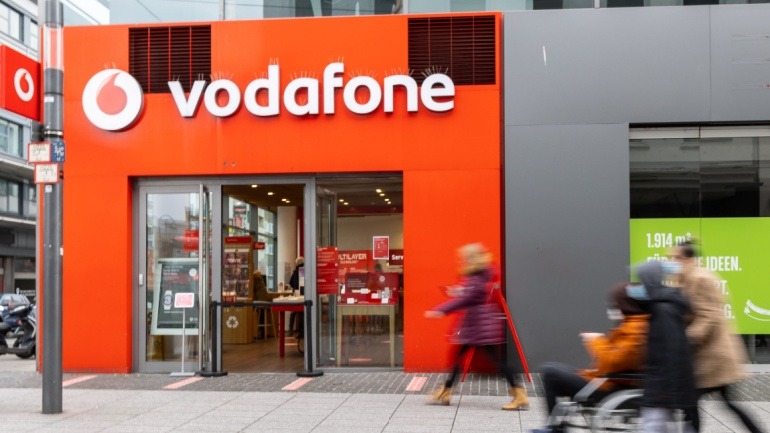The lunar ambitions of Nokia and its partners are closer to reality with the final integration of the Lunar Surface Communication System (LSCS) into Intuitive Machines’ IM-2 mission lander, Athena. This deployment is set for the lunar south pole with a launch expected from NASA’s Kennedy Space Center as early as late February.
In months of collaboration, Nokia Bell Labs and Intuitive Machines rigorously tested the LSCS on the Athena’s panels. They aimed for the network to withstand both the physical stresses of takeoff and the harsh conditions of deep space. An important feature is the thermal isolation of each of the 14 mounting points, protecting the network from extreme temperatures. It is also part of the lander’s Thermal Protection System, which manages and distributes heat during operation.
The LSCS applies the terrestrial 4G/LTE technology, adapted for the Moon’s unique landscape. It ensures connectivity for surface operations and allows seamless transmission of video, command communications, and telemetry data. Once Athena reaches the Moon, vehicles like Intuitive Machines’ Micro-Nova Hopper and Lunar Outpost’s MAPP rover will connect to this network to perform exploratory tasks.
Thierry E. Klein, president of Bell Labs solutions research at Nokia, stated, “We intend to prove that cellular technologies can provide the reliable, high-capacity and efficient connectivity needed for future crewed and uncrewed missions to the Moon and eventually Mars. Cellular technology has irrevocably transformed the way we communicate on Earth. There’s no reason it can’t do the same for communications on other worlds.”







